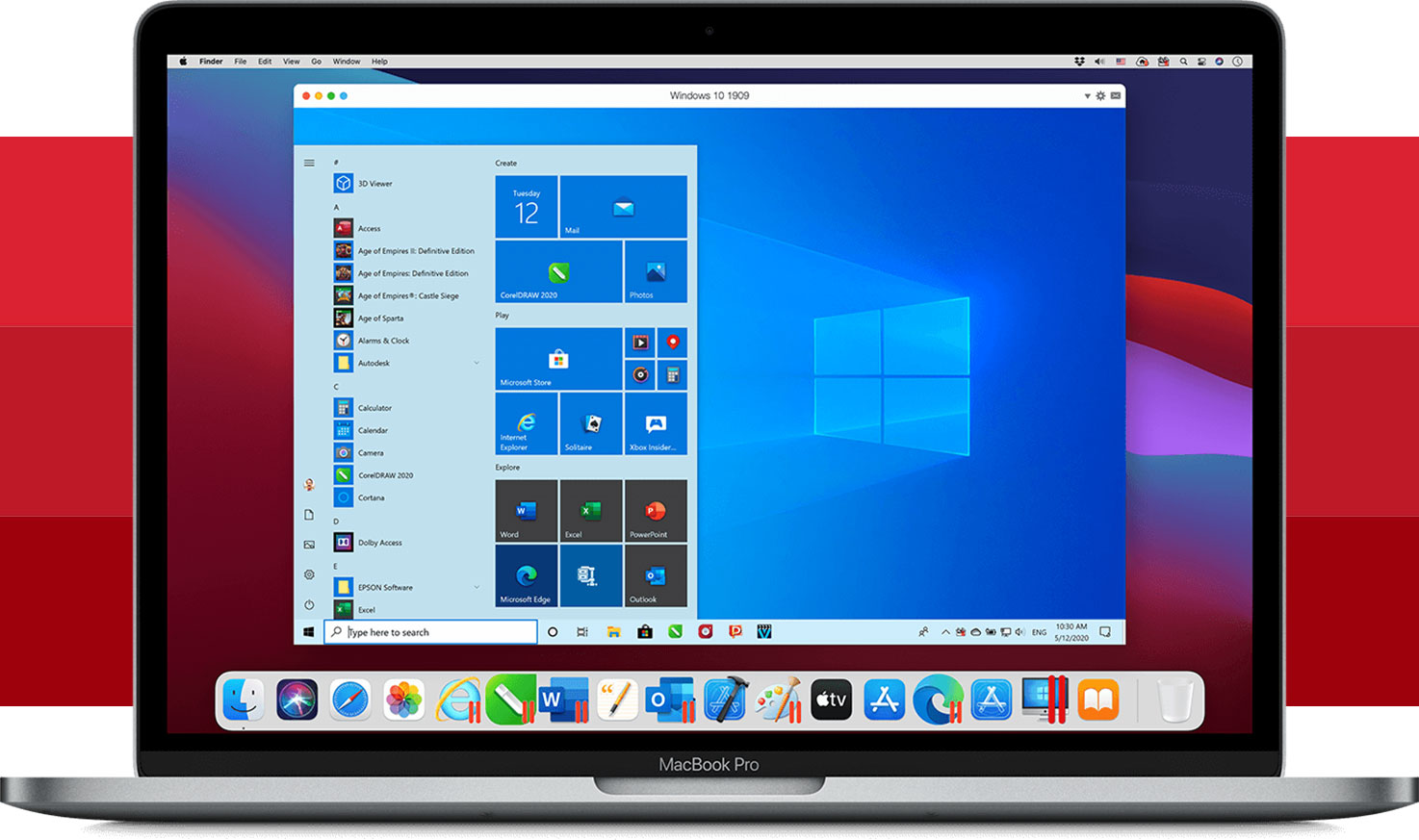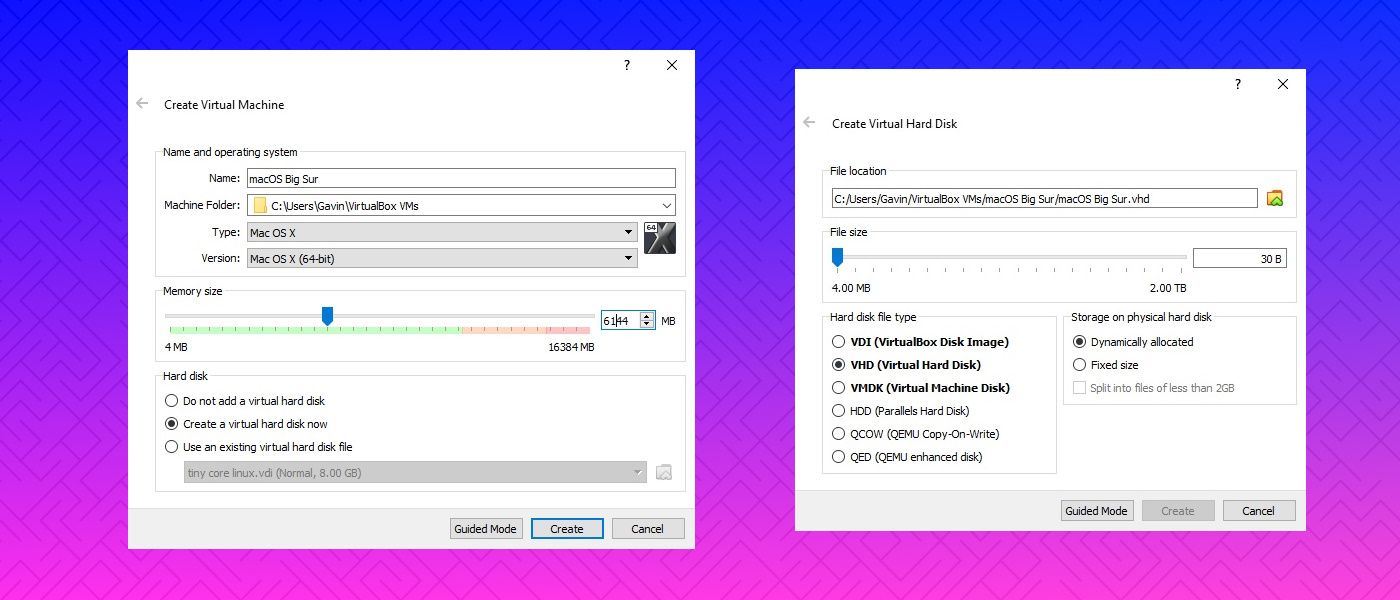

- #Where mac emulator store vms iso#
- #Where mac emulator store vms download#
- #Where mac emulator store vms free#
Hdiutil detach /Volumes/OS\ X\ Base\ System

This will rename the disc image, so don’t panic that ‘installer_goes_here’ has vanished. We’re now grabbing the installation DMG from within the updater package, and storing it within the disc image. Now MacOS can ‘see’ your disc as an actual disc, ready for writing to!Īsr restore -source /Applications/Install\ macOS\ Mojave.app/Contents/SharedSupport/BaseSystem.dmg -target /Volumes/installer_goes_here -noprompt -noverify -erase Hdiutil attach /tmp/ -noverify -nobrowse -mountpoint /Volumes/installer_goes_here This is what we’ll stuff the Mojave installation stuff into. This will create a virtual ‘disc’ stored in your temporary directory. Hdiutil create -o /tmp/Mojave.cdr -size 8000m -layout SPUD -fs JHFS+ Once the package has been downloaded, pop open Terminal (Utilities folder in Launcher), and run the following commands: If your MacOS installer has expired, you can continue with this guide. This process is not affected by MacOS Installer expiry.
#Where mac emulator store vms iso#
Don’t worry about actually running this application, as we’re going to use some terminal magic to build the ISO from the package.
#Where mac emulator store vms download#
On the MacOS machine, download the Mojave installer. Virtualbox installs generally prefer to use an ISO file, which unfortunately will require some handiwork to get a hold of. This also includes Windows Subsystem for Linux, which tripped me up from installing. I use Linux in my screenshots as I use Docker on Windows. MacOS is also not installable on Hyper-V. ⚠️ At the time of writing, Virtualbox and Hyper-V cannot co-exist on Windows. This guide will discuss installing MacOS Mojave, however installation process should be similar for all MacOS versions.

#Where mac emulator store vms free#


 0 kommentar(er)
0 kommentar(er)
